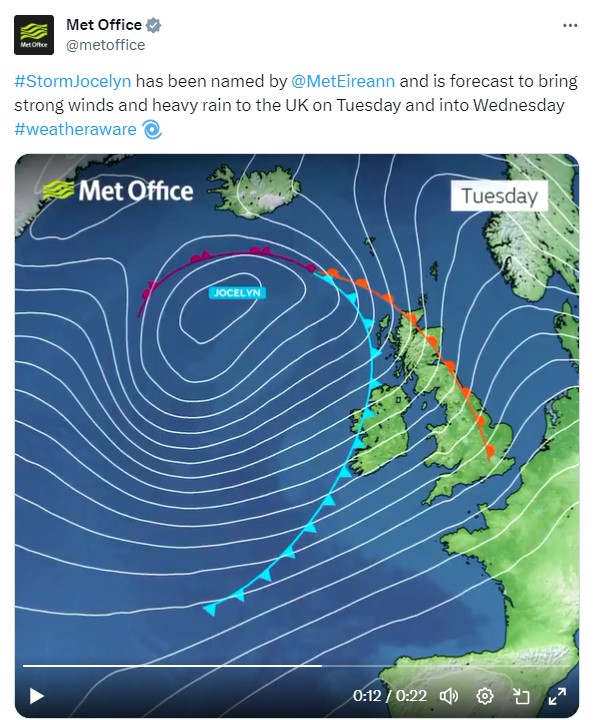
1. Check your roof for loose tiles
Your roof is your home’s shield. There are two things that we advise checking: potential structural damage or leaks.
Inspect your roof for loose or cracked tiles as these are popular items that fall victim against storms. You may be able to spot any damaged tiles from the ground, but getting a qualified professional to check this for you is not a bad idea.
The last thing you want is water leaking into your home, so if you have a loft, you may want to check for water leakage too.

2. Make sure your gutters and external drainage aren’t blocked
Don’t forget about those gutters too; they are likely to fill with moss, leaves and other debris over time. Loose gutters can get blown away and blocked ones won’t drain the water properly, putting strain on gutter brackets.
Clean them out before a storm, and maybe consider getting an expert in to do this for you for increased safety.
Ensuring external drainage isn’t blocked around your home is a good idea too. If you spot a blocked drain, you can report it on your local council’s website.

3. Keep your garden tidy and secure
Any loose items in your garden will be blown around by the wind, potentially causing it to damage yours or your neighbour’s home. Some popular items include:
- Garden furniture
- Bikes
- Trampolines
- Lawn mowers
We also advise trimming any trees and branches surrounding your home (within your grounds). By regularly trimming overhanging branches, it will help to prevent them from falling onto your property during a storm.
Fences can really take a hit during a storm as their large surface area means they catch high winds and are prone to blowing off their posts. Therefore, ensuring that fence posts and panels are in good condition and are properly anchored is important. You can do this by giving them a wobble to see if they move, or look if the posts move and if they could break free in stormy weather.
If a fence is blown over and damaged during a storm, home insurance won’t usually cover the repair or replacement. Therefore, it’s crucial that you take appropriate steps to secure your fences.

4. Review your home and contents insurance cover
Get to grips with your home and contents insurance. Cover will vary from policy to policy; if you don’t know exactly what you’re covered for, we urge you to check this. Knowing you’re covered can be a real stress-buster when the storms come. But fear not, we have compiled a checklist of things to check on your home insurance if you’d like some initial pointers.
You can also increase your home insurance cover by taking out home emergency cover. With this, you can arrange for an emergency repair quickly such as if:
- Your roof gets damaged by a storm
- Water enters your home as a result of fallen trees or branches
This way, you will know what you are and aren’t covered for if a storm or flooding damages your home.
For the second or holiday home owners
Just as you take steps to protect your own home, ensuring your holiday home is prepared for stormy weather is equally crucial. Whether it’s nestled by the coast or tucked away in the countryside, your holiday retreat faces unique challenges during severe weather too. Our holiday home insurance offering is designed to give you peace of mind, wherever you are.






